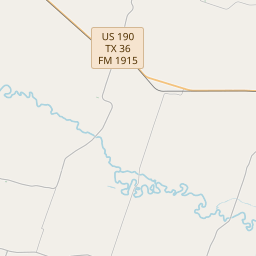S. S. Cyril and Methodius Catholic Church
Historical marker location:






Through the efforts of fellow immigrant Joseph Russek, many Czech families came to this area of Milam County in the 1880s. The first Catholic Mass in the Maraksville settlement was conducted by a visiting priest in the Kaspar Kubecka home in 1883, and later services were held in other homes.
In 1889 the Kubecka family donated land for a Catholic school and church, and the community began raising funds to erect a building. A wooden church structure was completed in 1904 and dedicated in 1905. Named for the patron saints of the Moravian immigrants, the congregation was served by the Rev. K. Kacer. Worship services were conducted in Latin, German, and Czech for many years.
The congregation has been associated with parishes in Cyclone and Cameron over the years, and additional church facilities have been built and adapted for various purposes, including a school, rectory, and parish hall. Two burial grounds, known as the Old Marak Catholic Cemetery and the New Catholic Cemetery, were established on land donated by church members. The church has been the social center of the community since its founding, and the annual parish picnic has become a popular event in Milam County
As one of the most visible programs of the Texas Historical Commission (THC), historical markers commemorate diverse topics in Texas history, including: the history and architecture of houses, commercial and public buildings, religious congregations, and military sites; events that changed the course of local and state history; and individuals who have made lasting contributions to the state, community organizations, and businesses.
The first domed stadium in the world, the Astrodome, was built in Houston in 1965 and hosted numerous sporting events and concerts over the years.
In 1825, the Mexican government issued land grants in the region, attracting a wave of American immigrants to the area. In 1834, the Mexican government designated Milam County as a separate municipality, and it was named after Benjamin Rush Milam, a prominent Texas revolutionary. After the Texas Revolution in 1836, the region experienced continuous growth and development.
During the mid-19th century, agriculture became the primary industry in Milam County, with cotton being the dominant crop. Many plantations were established, relying on slave labor until the abolition of slavery in 1865. The county also saw the establishment of several small towns, including Cameron, Rockdale, and Buckholts, which served as centers of trade and commerce.
In the late 19th and early 20th centuries, the arrival of the railroad played a significant role in the county's development. The expansion of rail lines allowed for easier transportation of goods and people, boosting the local economy. The county experienced periods of prosperity and setbacks, including the Great Depression, but managed to rebound and adapt to changing economic conditions.
Today, Milam County remains an agricultural hub, known for its production of cotton, corn, and livestock. It is also home to scenic landscapes, historical landmarks, and a vibrant community that values its history and heritage. The county continues to evolve, embracing new opportunities while preserving its cultural roots.
Milam County Timeline
This timeline provides a concise overview of the key events in the history of Milam County, Texas.
- 1824 - Milam County is part of the Mexican state of Coahuila y Tejas
- 1837 - The Republic of Texas establishes Milam County as a separate entity
- 1846 - Milam County is officially part of the state of Texas after the Texas Annexation
- 1860s - Milam County experiences a surge in population and economic growth due to the railroad expansion
- 1874 - Cameron is selected as the county seat of Milam County
- 1940s-1950s - Milam County becomes an important hub for oil and gas production
- 1960s-1970s - Milam County faces economic decline due to the decrease in oil and gas production
- 1990s - Milam County experiences some economic revitalization through tourism and the establishment of new industries